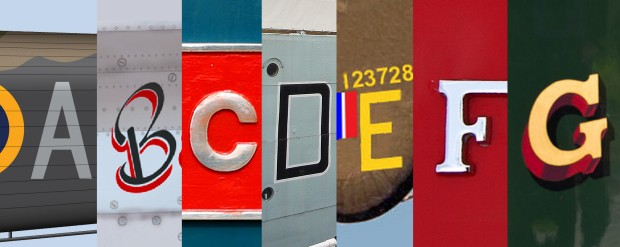
Apr 28, 2016
Train Simulator Classic 2024 - JayTwoPointOh
28/04/2016
http://store.steampowered.com/app/376945
Expand your collection of modern German passenger trains with the introduction of the DB BR 648 to Train Simulator.
The DB BR 648 is a two-car diesel multiple unit (DMU) built by Alstom as part of their Coradia family of multiple units. The LINT sub-class – of which the BR 648 is part of - stands for ‘Leichter Innovativer Nahverkehrstriebwagen’ (Light Innovative Local Transport Rail Vehicle), as it is designed to operate on regional stopping services across non-electrified track.
The two halves of the unit rest on shared ‘Jacobs’ bogies to improve stability, reduce weight and production costs, and lower noise levels of the wheels on the rails. With a total of 422hp, a top speed of 120km/h (75mph) and space for 115 passengers, this DMU has all it needs to manage the more rural scene in Northern Germany, connecting smaller towns with the big cities such as Lübeck or Neumünster.
The BR 648 is designed with accessibility in mind, featuring low floors to allow for faster, step free access for passengers, and wheelchair accessible facilities. The floor itself has been designed to absorb and reduce sound that comes from the diesel engines and the exhaust heat from the engines is used to heat the cabin of the unit. Some of the seating is also raised higher than the low floor to distance passengers from the noise and cushion the vibration of the engine.
The BR 648 for Train Simulator is available in Deutsche Bahn Traffic Red livery and recreates the DMU as it operates today for DB on the Hamburg-Lübeck Railway route.
The locomotive is also Quick Drive compatible, giving you the freedom to drive the DB BR 648 on any Quick Drive enabled route for Train Simulator, such as those available through Steam. Also included are scenarios specifically for the Hamburg-Lübeck Railway route (available separately and required to play these scenarios).
http://store.steampowered.com/app/376945
Expand your collection of modern German passenger trains with the introduction of the DB BR 648 to Train Simulator.
The DB BR 648 is a two-car diesel multiple unit (DMU) built by Alstom as part of their Coradia family of multiple units. The LINT sub-class – of which the BR 648 is part of - stands for ‘Leichter Innovativer Nahverkehrstriebwagen’ (Light Innovative Local Transport Rail Vehicle), as it is designed to operate on regional stopping services across non-electrified track.
The two halves of the unit rest on shared ‘Jacobs’ bogies to improve stability, reduce weight and production costs, and lower noise levels of the wheels on the rails. With a total of 422hp, a top speed of 120km/h (75mph) and space for 115 passengers, this DMU has all it needs to manage the more rural scene in Northern Germany, connecting smaller towns with the big cities such as Lübeck or Neumünster.
The BR 648 is designed with accessibility in mind, featuring low floors to allow for faster, step free access for passengers, and wheelchair accessible facilities. The floor itself has been designed to absorb and reduce sound that comes from the diesel engines and the exhaust heat from the engines is used to heat the cabin of the unit. Some of the seating is also raised higher than the low floor to distance passengers from the noise and cushion the vibration of the engine.
The BR 648 for Train Simulator is available in Deutsche Bahn Traffic Red livery and recreates the DMU as it operates today for DB on the Hamburg-Lübeck Railway route.
The locomotive is also Quick Drive compatible, giving you the freedom to drive the DB BR 648 on any Quick Drive enabled route for Train Simulator, such as those available through Steam. Also included are scenarios specifically for the Hamburg-Lübeck Railway route (available separately and required to play these scenarios).




